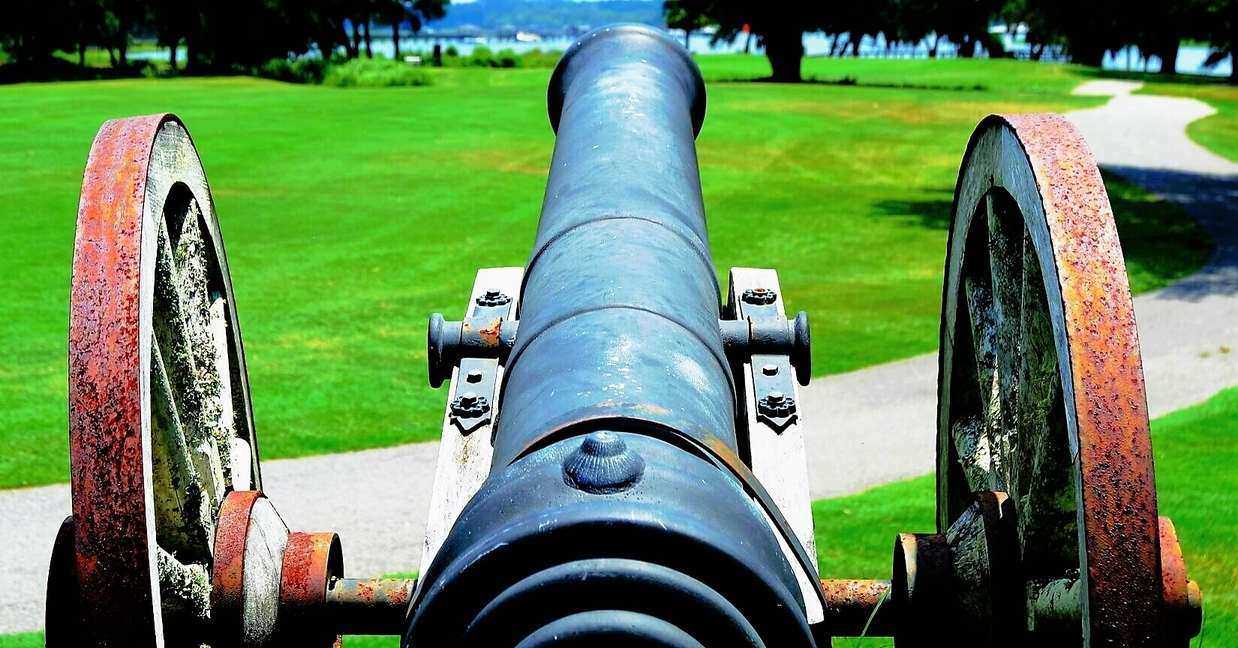Pre-Qualifications for Safety Contractors
Risk taking is not something a construction company wants to do. Mitigating risk is on the forefront of everyone’s mind, from an owner to a machine operator. Sometimes the risky event is hiring a new contractor, as he or she will be the one to help enforce safe practices. Many companies are using a prequalification evaluation system as a way to judge potential contractors during a hiring process. The prequalification process can be as thorough as extensively reviewing applications or as informal as a conversation. The company usually decides which route is best based on their needs resources. Here’s more information on pre-qualifications for safety contractors.
How does a company decide on a pre-qualification process? First, whatever system is developed you have to ensure it’s used consistently to be effective. Also you have to devote time in the beginning to know which factors are most critical to running a safe operation. Using an Experience Modification Rate or an EMR is a great tool to help compare and identify strong candidates. By using this system you get a measure of the contractor’s history compared to his or her peers.
If the EMR is lower than 1.0, the candidate is looking good. However, if the number is greater than 1.0 there is more loss in the person’s history than you probably want to take on.
But remember, an EMR is a quick reference. It help you remove some applicants from your pool. Make sure to dig deeper using other means before assuming someone with a low EMR is your top pick.
And, there have even been some situations where a candidate with a high EMR actually has a low loss history, but the insurance company overcharged. Looking through OSHA logs can be really helpful. Some companies may not require OSHA logs, but good ones still keep a record. So, what are some other ways to enhance a pre-qualification process?
Check addresses on OSHA logs with W-9 Forms
Sometimes having different addresses is a simple clerical error. Other times it’s a contractor trying to work the system and look like he or she has a good prequalificaiton record.
Review OSHA 300 logs
If you see high incident rates or fatalities try to unearth the cause or pattern. You might see a week personal protective equipment policy or a weak accident investigation system.
Growing business
If a small contractor starts gaining success, the company will start growing. Obviously this is a good thing, but with growth comes the need to be more thorough on documentation.
Assess risk
Find ways to evaluate the contractors ability to assess risk.
Evaluate insurance
Look over general liability, auto and workman compensation policies. It’s important that your contractor has current insurance so you don’t take on any additional liability.
Training
You want to make sure contractors are trained to do the work and work in the environments being created. Exposing personnel to hazards they aren’t aware of, is almost always a bad thing!
You want a contractor that meets certain safety requirements to be on your job. But, don’t mistake a sound contractor for the need to have thorough safety at your site!










































